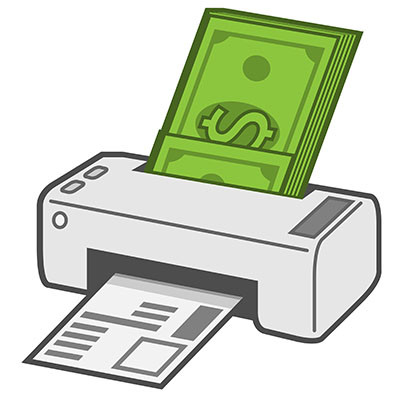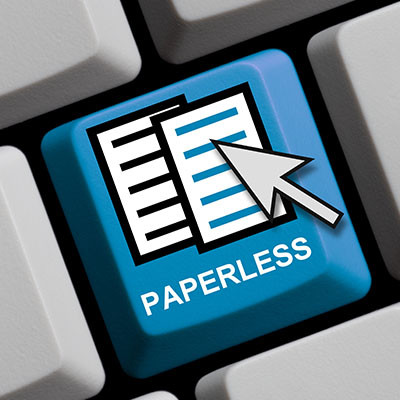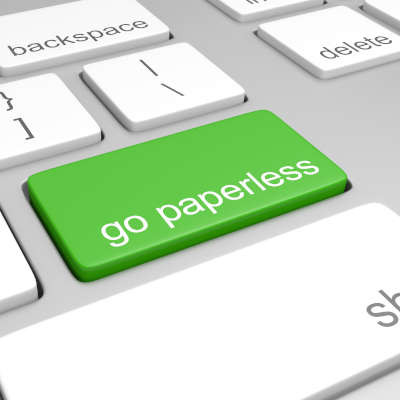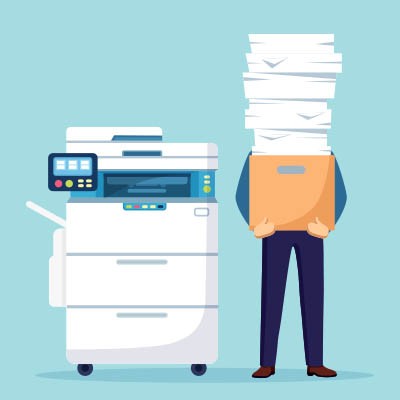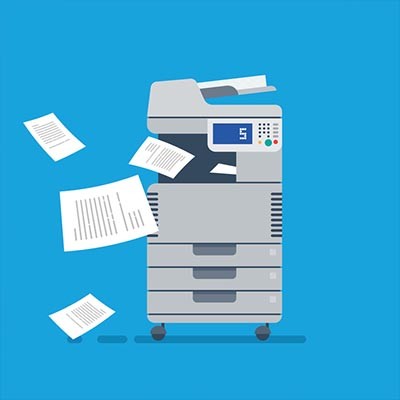A digital transformation can revolutionize the way a business operates. One of the technologies that make up for an across-the-board transformation is the use of digital storage in lieu of physical paper-based storage of data. Let’s go through a couple of considerations that go into going paperless, and how it can be a benefit for your organization.
JensenIT Blog
When looking to cut your costs, one of the best places to start looking is at your printing. While paper documents were once incredibly important for businesses (they still serve a function), no one can deny that they take up a considerable amount of space in the workplace, as well as take up precious assets that could be better spent elsewhere. What’s the best way to minimize the resources you spend on printing?
Paper can be incredibly expensive, especially with the quantity that a normal business goes through every single day. However, not only is it expensive on the monetary side, but also on the environmental side as well. By making some changes around your office, you can be more eco-friendly and budget-friendly by reducing the amount of paper waste your organization suffers from.
Everyone knows that printing is costly. They come from nearly every direction: paper, ink, machines that seemingly always need some type of maintenance, the list of costs goes on and on. Some businesses, looking to get away from rising printing costs, and from paper files in general, are starting to do their best to eliminate printing and filing costs. Let’s take a brief look at how going paperless can save your organization money in the long run.
There was a time when business was run through the printer. These days, there are many digital solutions that can really limit the need for high-volume printing. Today, we’ll take a look at how the average business can cut their printing costs and do it while improving their business using print management.
Going paperless these days is all the rage, even though we understand why some organizations like to keep their hardcopy documentation printed out and available. If you’re careful, you can minimize printing to reduce the costs associated with printing, while still keeping your critical files organized and at the ready.
Cutting costs in the workplace doesn’t always mean eliminating services you don’t need or eliminating positions that aren’t necessary. One of the easiest ways to make it happen is by taking a closer look at printing costs. By carefully analyzing and controlling your printing resources, you can minimize the amount of assets you invest in printing and save a considerable amount of revenue.


